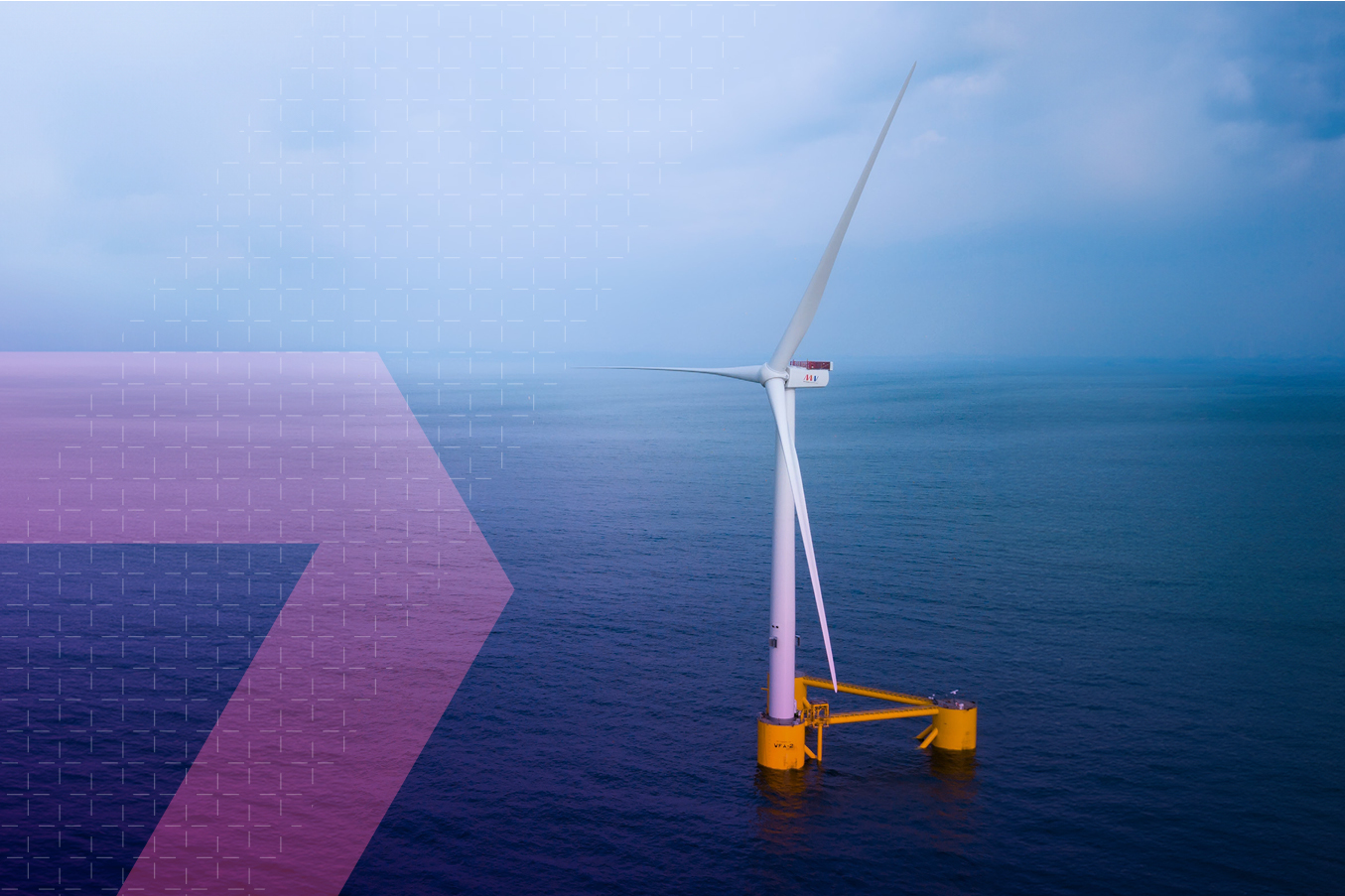Robotics and autonomous systems: increasing UK offshore wind capacity
The Offshore Renewable Energy (ORE) Catapult Findings report, developed by the Workforce Foresighting Hub, outlines critical insights and recommendations for the integration of Robotic and Autonomous Systems (RAS) in the operations and maintenance (O&M) of the UK’s offshore wind sector.
Robotics and Autonomous Systems (RAS) will drive the future capacity requirements of offshore wind. An important new report by Offshore Renewable Energy (ORE) Catapult outlines that in order to meet 2050 net zero targets, wind capacity will need to increase sevenfold and further automation is crucial to that.
Offshore wind power is essential for the UK’s energy security and CO2 reduction targets, with the previous government setting a target of 50GW of offshore wind power by 2030.

What does it say?
The report outlines the critical insights about how organisations, and therefore also their workforce, will need to adapt for the integration of Robotic and Autonomous Systems (RAS) in the operations and maintenance (O&M) of the UK’s offshore wind sector.
The report emphasises the necessity for significant advancements in RAS to meet ambitious net-zero targets by 2050. The natural expansion will undoubtedly push operators into deeper, more remote waters where narrow weather windows create a reliance on robotics to handle routine maintenance tasks.
In addressing the technological and workforce challenges, and aligning educational provisions with future occupational needs, the UK can achieve its net-zero targets and ensure the continued sustainable growth of the offshore wind sector.
What are the key highlights?
ORE Catapult’s latest report highlights:
- The market size for RAS in offshore wind operation & maintenance (O&M) services, is forecasted to be around £341 million annually by 2030.
- Technology deployment is currently slow and solutions are mostly at the prototyping stage and not commercialised at present.
- Without adequate skills and capabilities, RAS solutions may not mature to meet the offshore wind sector’s needs.
Specific areas of concern
The slow adoption of advanced robotic technology is primarily due to high costs and limited field-testing opportunities. To overcome these challenges, there is a need for more repeatable and accurate testing and validation, alongside the development of new workforce strategies to address skill gaps.
What are the key recommendations?
The report says that action is required now and makes some key recommendations in order for the UK to meet those challenging government targets:
- Determine robust Workforce Demand Forecasts for Robotics and Autonomous Systems by engaging with key industry stakeholders.
- Reskill and upskill the current workforce by tailoring content to match new capabilities.
- Recruit and reskill individuals with transferable skills from other sectors, particularly high-demand roles such as maintenance and operations and engineering technicians.
- Integrate future skills training with formalised changes to occupational standards.
- Implement modular changes to existing educational courses.
- Commission new Continuing Professional Development (CPD) courses.
Driving change
The report clearly outlines that action is required now in order to meet those targets. The 2050 net zero target is still a while away, however the 50GW offshore wind challenge by 2030 is much closer and will require real dedication to deliver. The only way to achieve that is by developing the workforce skill sets now.
This includes liaison with institutions, developing course content, recruiting students, re-skilling and providing on-the-job experience and then longer-term measuring the success of the implementation.
Where has this skills information come from?
This report developed by the Workforce Foresighting Hub provides an in-depth analysis based on information from international datasets and workshops earlier this year. The study was sponsored by RenewableUK and released alongside the ORE Catapult. It focuses on Robotics and Autonomous Systems (RAS) and highlights the urgent need to:
- Address skills gaps by leveraging Future Occupational Profiles (FOPS).
- Update standards and provide CPD courses for current and transitioning workers.
- Develop revised standards aligned to future workforce needs.
- Support the UK’s overall adoption and infrastructure goals.
The new study is also supported by leading organisations such as:
- The ORE Catapult
- Marshall Futureworx
- Soil Machine Dynamics
- GE Vernova
- The National Robotarium
- The Manufacturing Technology Centre
- Cranfield University
- Honuworx
- Air Control Entech
- Perceptual Robotics
- Newcastle University
- Durham University
- EducationPartnership Northeast (EPNE)
Related programme

Workforce Foresighting
How do we build a skilled workforce for tomorrow’s industries? The Workforce Foresighting Hub has developed a structured process, aligned with national policy, to help deliver a workforce to exploit innovative technologies in the UK. We’re supporting industry, policymakers and educators to adapt to continuing change.


